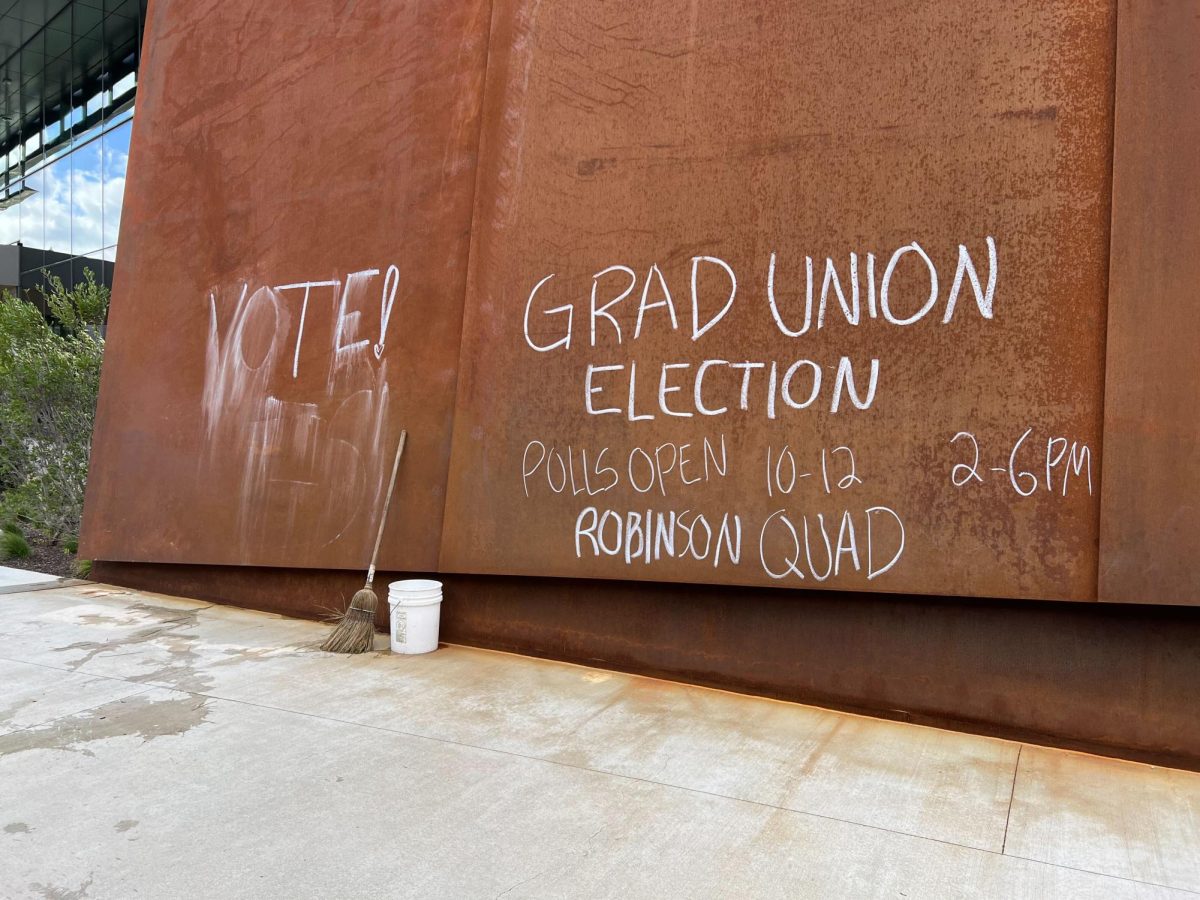The credit card industry has found a winning formula: Attract young, easily persuaded, financially inexperienced college students and entice them with catchy buy now, pay later slogans. What many college students don’t realize is that they will be paying later, and, according to the Public Interest Research Groups (PIRG,) in the estimated thousands of dollars.
In a survey of undergraduates conducted by PIRG, 80 percent of American college students have credit cards. The survey results, which were published last March, showed college seniors responsible for their own cards carry an average debt of $2,623. Freshmen carry $1,301.
“Students haven’t had as much exposure to scams and terms and conditions that may be harmful,” said Christine Lindstrom, PIRG’s higher education program director, who explained the dangers associated with placing credit cards in the wallets of consumers who are “new to the marketplace and growing into their responsibilities.”
The PIRG sponsored project “Truth About Credit” seeks to educate students to become good credit card consumers, according to PIRG’s website. The project’s “Campus Credit Card Trap” is a campaign to offer students exposure to the worst practices that often lure them into unfair terms and conditions.
“There’s a large demand for information,” Lindstrom said about the success of the campaign.
The popularity of credit cards on campuses can partly be attributed to extensive marketing schemes that attract students’ attention with free food and T-shirts.
“Freshman year it was very prevalent,” said senior criminal justice major Kevin Cwirka, who recalled how credit card companies marketed to his freshman class during orientation a few days before returning students arrived back to campus. “They knew that we were new to school and could take advantage of it. [They did] anything they could do to get you to stop by and sign your names on something.”
Cwirka said he has often seen credit card companies set up tables on the street alongside Northeastern’s campus during the first week of school in September. But there’s a reason why they rarely make it past the front gates.
“They are not allowed on campus grounds,” said Jennifer Hardy, Student Government Association (SGA) vice president for financial affairs. “The school really tries to deter those companies.”
But in an effort to penetrate college students’ wallets, the credit card industry has gone further than soliciting on campus sidewalks. Many credit card companies, like Bank of America, have paired up with schools in agreements to customize cards with flashy collegiate logos and matching mascots to attract students.
“If they see their school on it, they are more likely to apply for it,” said Sam Johnson, a middler criminal justice major, regarding Northeastern’s Bank of America affiliated Husky paw-printed MasterCard. “I feel like this the same thing as Victoria’s Secret’s Pink Collection. If an item has your school [logo] on it, you are more likely to buy it to show school spirit.”
Even in today’s tough economy, students are still using credit cards.
In the PIRG survey’s detailed analysis, 55 percent of more than 1,500 students surveyed reported swiping credit cards for day-to-day-expenses. The same number reported using them for books. Other more limited responses included “weekends and pizza” and “emergencies.”
In spite of the aggressive marketing tactics of the credit card industry paired with students’ financial naivete, college campuses are using their own resources to inform students of the dangers of credit card debt.
“I remember there being some sort of seminar my freshman year about how to manage your finances,” Cwirka said. “If I were going to buy a new [credit card] on my own I wouldn’t feel comfortable unless I read all the terms and conditions.”
The SGA and Student Financial Services Office work together to offer educational seminars about credit, debt and budget that are open to all students, Hardy said.
“We are doing another [workshop] about loans to build student knowledge about credit,” Hardy said. “We did one in the fall about credit cards, credit scores and budgeting in November.”









